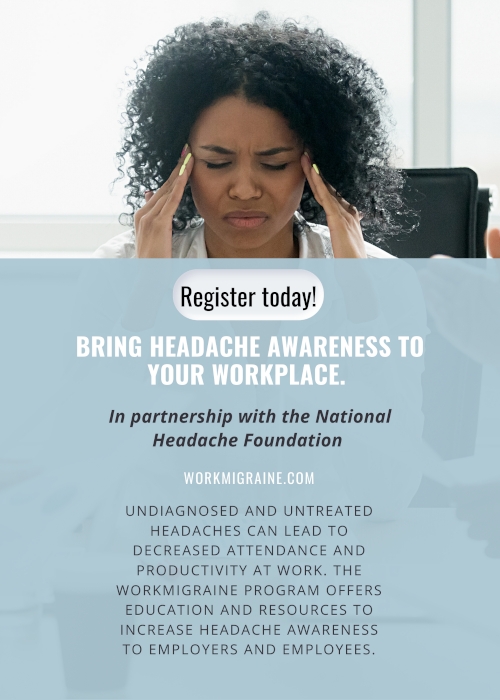ErgonomicsJoin Now
Ergonomics
The term “ergonomics” can simply be defined as the study of work. It is the science of fitting jobs to the people who work in them. Adapting the job to fit the worker can help reduce ergonomic stress and eliminate many potential ergonomic disorders (e.g., carpel tunnel syndrome, trigger finger, tendonitis). Ergonomics focuses on the work environment and items such as the design and function of workstations, controls, displays, safety devices, tools and lighting to fit the employee’s physical requirements, capabilities and limitations to ensure his/her health and well being. It may include restructuring or changing workplace conditions to reduce stressors that cause musculoskeletal disorders (MSDs). (Source: The University of Chicago)
What are ergonomic hazards?
Ergonomic hazards refer to workplace conditions that pose the risk of injury to the musculoskeletal system of the worker. Examples of musculoskeletal injuries include tennis elbow (an inflammation of a tendon in the elbow) and carpal tunnel syndrome (a condition affecting the hand and wrist). Ergonomic hazards include repetitive and forceful movements, vibration, temperature extremes, and awkward postures that arise from improper work methods and improperly designed workstations, tools, and equipment. (Source: The University of Chicago)
Helpful Links about Ergonomics
Ergonomics
Featured Ergonomics Providers
Relax the Back

